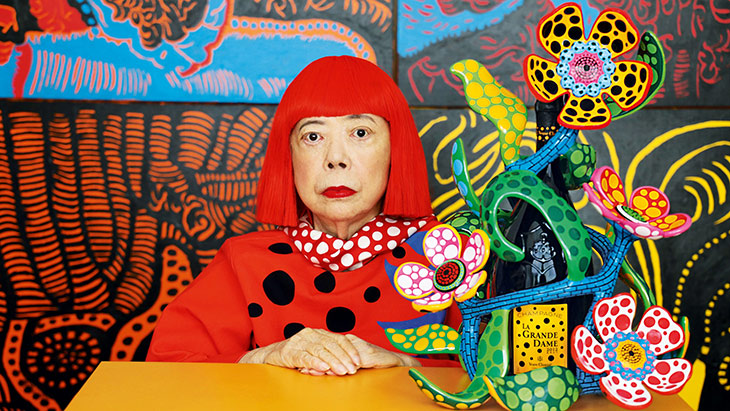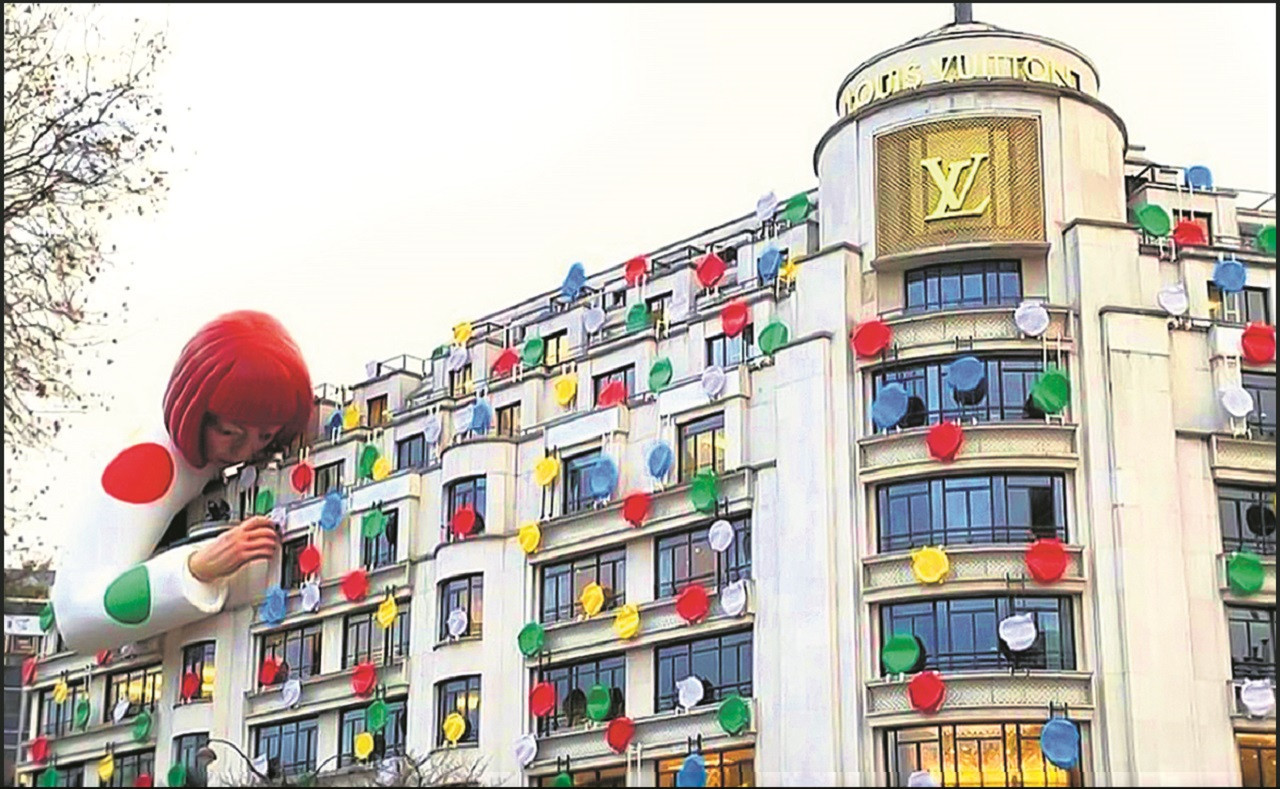One of the most important avant garde artists alive: Who is Yayoi Kusama?
She has been living at Seiwa Mental Hospital in Tokyo voluntarily since 1977. During the day, she works in her workshop across from the hospital.

The Japanese artist, also known as the “Point Princess”, came to the fore again with the collection she prepared together with the French fashion house Louis Vuitton. As a result of this work, shoes, bags, and accessories that have gone through a design process by Yayoi Kusama will turn into works of art.
Yayoi Kusama is an internationally renowned artist known for her works in many disciplines. master name; She is known for her works in many art disciplines including painting, installation, happening, literature and cinema.
45 years living in a mental hospital
Kusama's art is a product of mental health problems, at least that's how it started. She must have reconciled with her nightmares and her self-expressive illnesses in the early years of her life, since 1977 she has voluntarily lived in the Seiwa Mental Hospital in Tokyo.
During the day, she works in her workshop across from the hospital.

Influenced by the artistic developments after World War II, Yayoi Kusama formed her own artistic views with elements inspired by the atmosphere of the post-war years. of the artist; Minimalism, feminist art, contemporary art, and pop art period works attracted a lot of attention. One of Kusama's most recognizable features is her painting of spots and webs, influenced by hallucinations she has had since she was about ten years old. She is usually known for seeing nets, and flowers, but most often dots and polka dots. Another interesting piece of information about Kusama is that she voluntarily spent her life in a mental hospital of her own accord. Since 1977, she has spent her nights in a Tokyo mental hospital and her days between her giant three-story workshop. The artist's most expensive work to date sold for a record $5.1 million at Christie's in New York in 2008.
Life of Yayoi Kusama
Born in Japan in 1929, Yayoi Kusama dropped out of school and moved to New York in 1958, after some traditional Japanese formal education in Kyoto. There she felt that she could freely pursue her art and make new waves. Moving to New York in the late 1950s, she gave a new direction to her artist identity. Yayoi, who has been interested in every subject related to art since the age of 10, has always worked with great passion. Besides being an art pioneer, Yayoi Kusama has integrated her creativity into other disciplines such as music, design, writing, and fashion. Kusama developed a unique style using abstract expressionism, minimalism, pop art and feminist art approaches. The artist, who has been living in Tokyo since 1977, continues to create permanent works that will mark the international arena.

Art Life of Yayoi Kusama
Influenced by the hallucinations she has had since the age of ten, the artist, who has been painting spots and nets, opened her first solo exhibition in Japan in 1952. She immigrated to the United States in 1957 due to the pressure of her mother, who did not want her to paint and wanted her to marry at an early age like her older sister. In this country where she stayed for 16 years, she realized many popular happenings and applied polka dot and dot patterns in every discipline; She did jobs such as filmmaking and publishing. One of her first serious works, “The Erased Room” was a room where everything was painted plain white, including all the furniture in it, and the visitors were asked to stick the colored stickers in the round form given to them in different sizes and shapes to any surface they chose in the room. Yayoi Kusama became a phenomenon with Room of the Erased and other projects that followed. According to the artist, who drew polka dots on naked bodies on the streets in the 1960s, the bodies represented peace, and love, against war. She often used the pumpkin form in her work. She returned to her country in 1973 and voluntarily settled in a mental hospital; Here she launched a literary career, writing numerous novels, poems, and autobiographies.
Kusama is both a minimalist and a performance or happening artist. Kusama, who is also a feminist, has produced works in the fields of body, sculpture, print, ceramics, surrealism, and abstract expressionism. She is also a poet, writer, and film actress.
